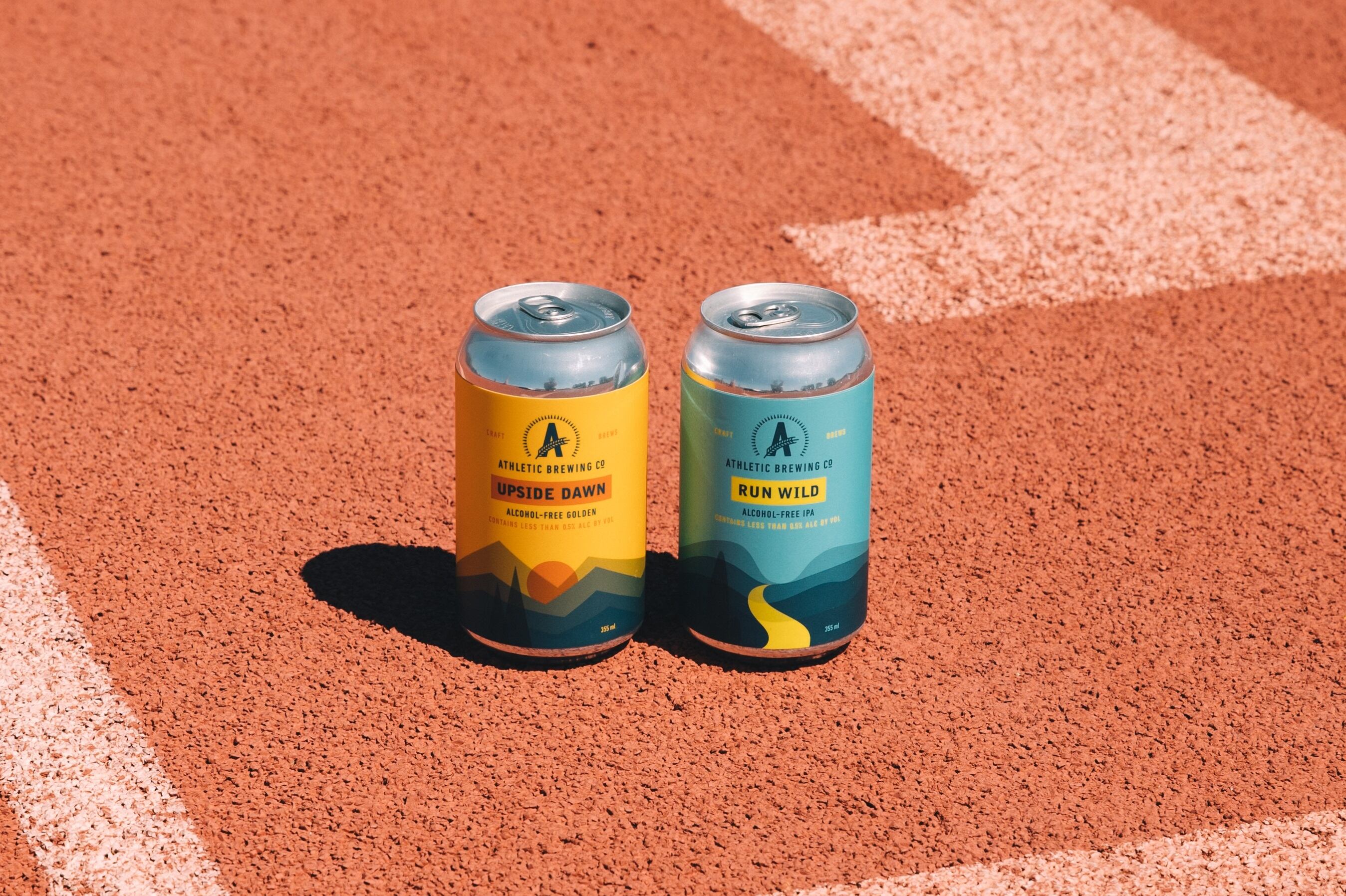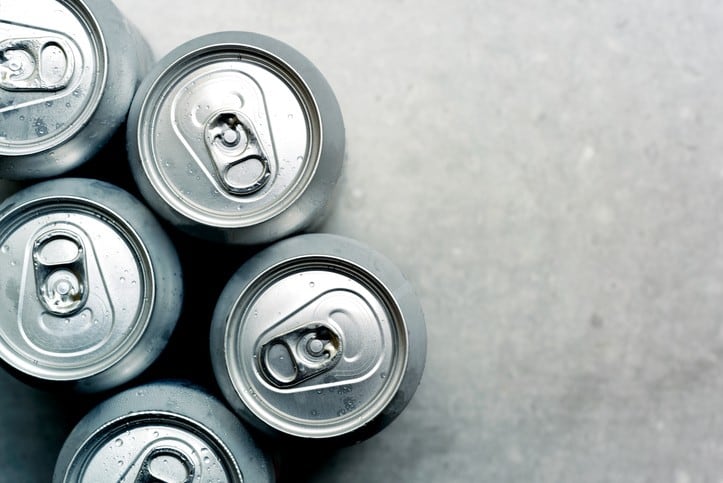‘All but a few’ global soft drinks brands reduced sugar content in order to avoid the levy; with most reformulation efforts occurring in the two years before the levy was even introduced, according to a paper published this month by the IZA Institute of Labor Economics.
In fact, the authors estimate that more than 80% of overall levy-induced calorie reductions were due to reformulation and occurred before the implementation of the levy. "As such, a tiered sugar levy that allows sufficient time between announcement and implementation, and sets a feasible target sugar level below which it can be entirely avoided through reformulation, will act as a massive accelerator."
Importance of a lower threshold
The UK Government announced a UK-wide Soft Drinks Industry Levy (SDIL) in March 2016; with it coming into effect in April 2018.
Manufacturers are responsible for paying the levy on drinks with more than 5g sugar per 100ml (there are two tiers: a lower tier where the tax is 18 pence per litre on drinks with 5g sugar per 100ml and above; and a higher tier where drinks with 8g sugar per 100ml or more pay 24 pence per litre). Drinks with less than 5g sugar per 100ml are not subject to the levy.
Why is the UK SDIL noteworthy?
“The UK SDIL has a combination of unique features: it has a tiered structure; is avoidable with moderate sugar content; and there was a substantial lag between announcement and implementation. It is also among the largest national sugar taxes in a major developed country to ever be enacted.
Given its efficacy, there are important supply-side lessons to be learned for other countries, including the US, that may consider enacting a similar policy”
"Effectively, the levy substantially increases the cost of sugar as an input for manufacturers of sugar sweetened beverages (SSBs) which – crucially - can be completely avoided if manufacturers ensure the sugar content of their drinks falls below the lower 5g per 100ml threshold," observe the researchers.
The study’s design allowed the authors – from IZA, the University of Strathclyde and UK soft drink manufacturer AG Barr – to pinpoint the timing of product reformulations.
It used 288 weeks of electronic point of sale data covering supermarkets and convenience stores, thus covering both at-home and on-the-go occasions. The data used started from July 2014 (two years before the levy was introduced) and stretched to January 2020 (almost 2 years after the levy was introduced, but before any impact from COVID-19 was felt).
Of the top 100 brands in the sample gathered the week the levy was announced, almost half had a sugar content in excess of 8g per 100ml and would have thus found themselves subject to the high 24ppl tax upon implementation of the levy two years later. There were very few brands in the 4-5g and 5-8g ranges respectively. (the 0-4g category was dominated by diet products).
In 2018, almost a third of brands in the sample had shifted to the 4-5g category (and thus coming in just below the lower tier of the levy) while the number of brands in the 8g plus category had dropped substantially.
“UK calorie consumption from the 100 leading brands in our data has reduced from around 23bn calories per week prior to the announcement of the levy, to roughly 15bn per week at the beginning of 2020: our analysis demonstrates that of this 8bn calories per week reduction, 5.9bn, or approximately three quarters, are attributable to the UK SDIL.
“Extrapolating to the full market and stripping out the effects of a long-term trend in consumer preferences for low calorie products, we estimate that the levy is directly responsible for a reduction of about 6,500 calories per year per head of current UK population. We show that most of the calorie reductions happened in fact before the implementation of the levy as a result of a supply-side response where manufacturers reformulated their products to contain less sugar, consequently avoiding the levy entirely.”
What about drinks that didn’t reformulate?
Some high sugar drinks – notably in the cola and energy drink segments - full-sugar variants continued did not change their recipe or sugar content. With the levy passed on to consumers, prices went up. In fact, for colas, the price was over-shifted and went up more than the amount of tax added.
Despite considerably higher prices, demand for levied energy drinks did not fall. Levied cola, however, saw a 'substantial' volume reduction.
It’s not about the money, money, money…
The more drinks that reformulate and reduce sugar, the less revenue is received from the tax. In the UK, it appears the industry reformulated to a greater extent than expected.
When the UK Treasury announced its plans for the SDIL in 2016, it estimated that the tax would raise about £530m per year, all of which was earmarked to help tackle the obesity crisis in schools by way of providing healthier meals and support for school sports. In 2019/20, levy revenue amounted to just £33m.
“The UK case shows that if reductions in calorie intake from soft drinks are the main policy goal, these can be achieved by a tax structure that is tiered, sets a clear target sugar level below which the tax can be completely avoided, and is announced well in advance of its implementation,” conclude the authors.
“This provides both the incentive and opportunity for brand owners to reduce the sugar content of their drinks.
“In the case of the UK, a sufficiently mature soft drinks industry that was already moving in the direction of lower calorie drinks had the skill and supplier relationships to respond to these incentives and provided lower calorie versions of their products that satisfied consumer tastes. Policy makers who consider expanding similar levies in other geographies or product categories should be aware of these conditions under which tax incentives can act as a catalyst for calorie reductions.”
South Africa sugar tax also prompted reformulation ahead of implementation
The study into the UK’s sugar tax finds that much reformulation was done before the levy was introduced.
A similar effect was seen ahead of the introduction of a sugar tax in South Africa, noted a study in The Lancet earlier this year. The authors said the announcement of a tax in June 2016 prompted sugar-content reduction by volume and other strategies such as downsizing packaging. They also suggested the announcement prompted greater awareness among consumers of their sugar intake.




